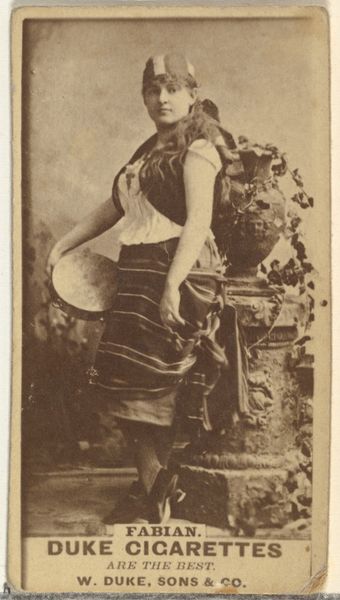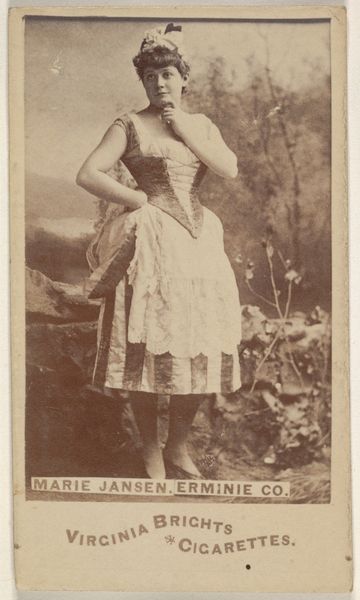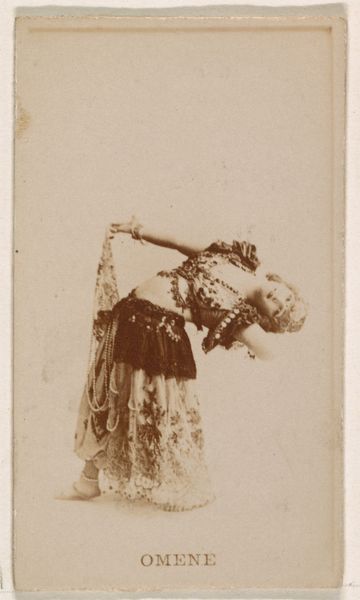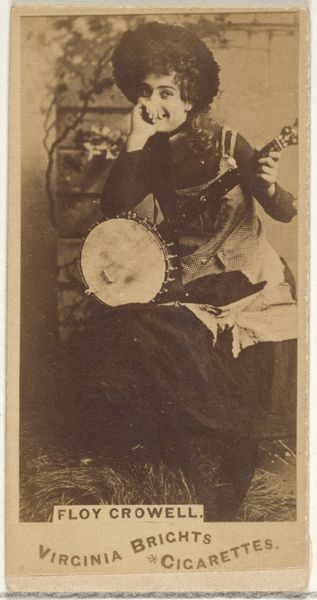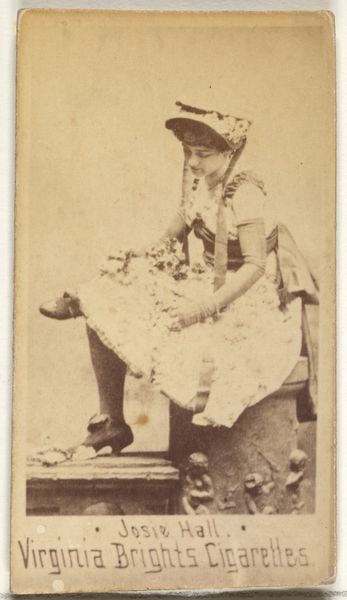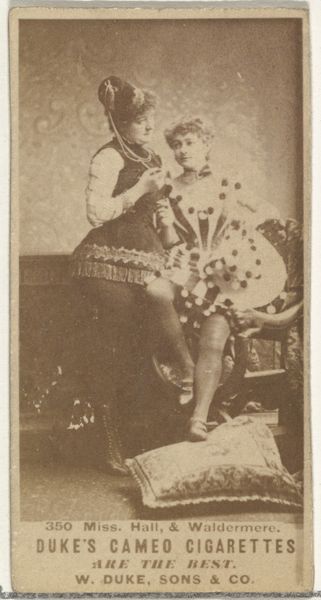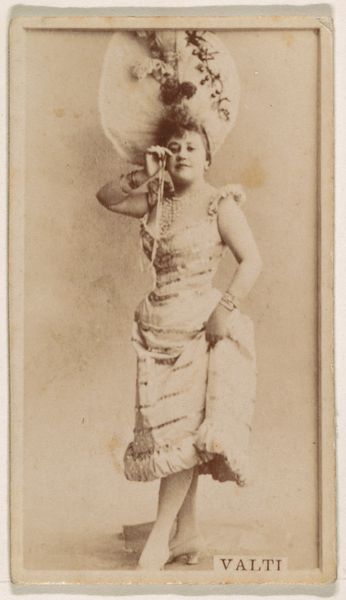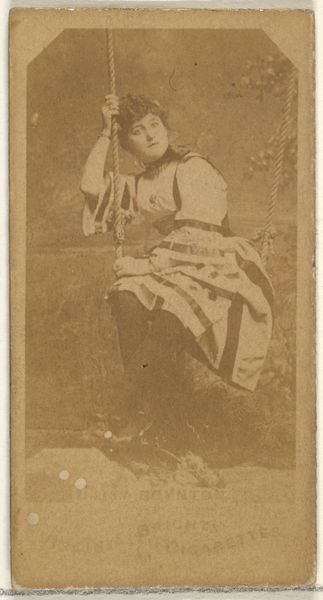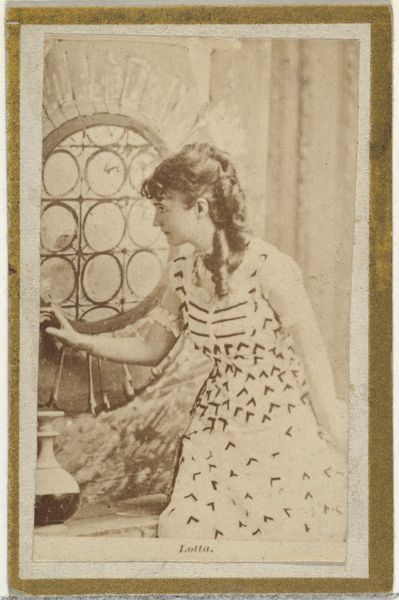
photography, gelatin-silver-print
#
portrait
#
photography
#
historical photography
#
orientalism
#
gelatin-silver-print
Dimensions: height 220 mm, width 160 mm
Copyright: Rijks Museum: Open Domain
This is a photographic portrait of a young Javanese woman washing, made by Kassian Céphas, likely in the late 19th century. The picture gives the impression of a spontaneous scene, but it's carefully staged in a studio with a painted backdrop. The image creates meaning through a range of visual codes, cultural references, and historical associations. Céphas was working in a Dutch colony, and photography itself was a technology closely tied to colonial expansion. Consider the political dynamics: who is controlling the means of representation? Here, the exoticization of native people was a common trope in Western art. Was Céphas challenging or reinforcing this? We can look to the historical context, the prevailing social attitudes, and the artist’s biography to understand the work more fully. The role of the historian is to unpack these layers, drawing on archival materials and critical texts. What emerges is a picture of art as something deeply embedded in its social and institutional moment.
Comments
No comments
Be the first to comment and join the conversation on the ultimate creative platform.
